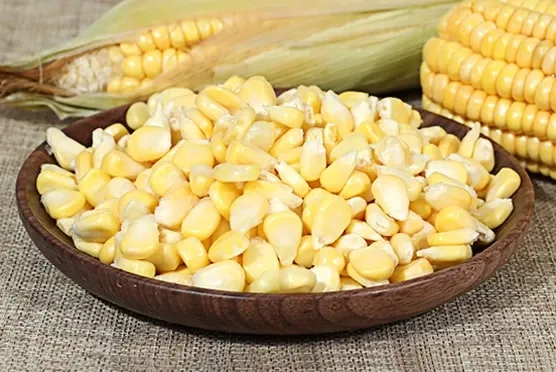It's possible to make bioplastic at home out of corn starch. It's a very simple method that only takes a few simple steps and a small number of ingredients. This plastic can be molded into a design or used with a template to create whatever you need.
Ingredients / Equipment
- 1 TBSL of Corn Starch
- 1.5 TBSP of Water
- 3-5 Drops of Cooking Oil
Process
- Mix all provided ingredients into a microwavable bowl untill it turns into a white liquid.
- Put the mixture and the bowl into microwave on high temperature for around 30 seconds. You will notice the mixture become slightly more translucent and bubbling
- After 30 seconds in the microwave you will be able to remove it and mold the substance into the shape that you want.
- Let sit for 24 hours to allow for the plastic to harden.
Is corn starch plastic biodegradable?
Corn starch plastic is a type of PLA (polylactic acid) plastic. These plastics can also be made from sugarcane and cassava as well as corn starch.
These types of plastics are technically biodegradable as they are made from natural biodegradable substances rather than petroleum. This alone does allow them to break down in a more biodegradable fashion as it will just release the same amount of carbon dioxide used to create it.
How long does cornstarch take to biodegrade?
Within the correct conditions cornstarch can breakdown in a matter of months which is a large improvement in the thousands of years that traditional fossil fuel plastics take. This however is also dependent on the correct conditions. If the cornstarch is not recycled properly it can take a substantially longer period.
What are the downsides to using bioplastics?
There are a few studies that have been performed comparing the creation process of traditional plastics compared to bioplastics. The study can be found here.
The study determined that in some cases the process of the production of bioplastics could generate a greater amount of pollutants than the traditional fossil fuel versions. This is due to the need for fertilizers and pesticides, as well as the extensive shipping and travel costs in petrol to move the corn from one location to the next. The creation of this plastic also needs huge landmasses to grow corn and/or sugarcane.










